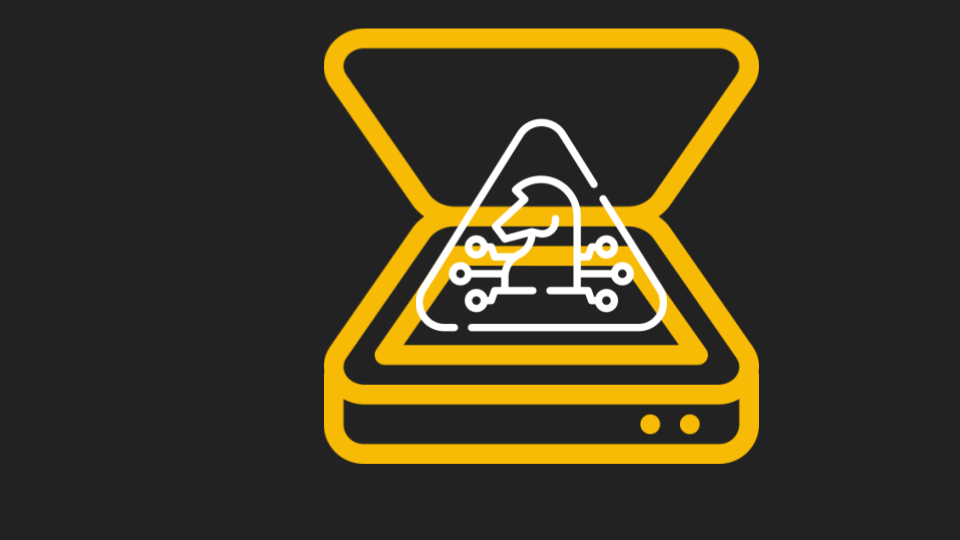Whenever a company holds data, there is a chance for a breach. And since companies continue to hold valuable data of all kinds, it is becoming more costly for a breach to occur. Data breaches cost, on average, according to IBM, $4.35 million in 2022. That number was $4.24 million in 2021. In 2017? It was $3.62 million.
When phishing is the initial attack vector, the average cost rises to $4.91 million; Business Email Compromise attacks cost $4.89 million.
Breach costs have increased by nearly 13% over the last two years, causing 60% of companies to raise their prices to consumers.
Hackers want this information because it pays. For example, according to a report from Comparitech, a stolen credit card number can go for $17.36 on the dark web. A stolen PayPal account can go up to $197.
The real jackpot, though, is medical records. According to Experian, a stolen medical record can go for up to $1,000.
Simply put, data loss prevention is essential, both in terms of the actual data itself, the cost involved and business reputation.
However, many API-based solutions do not have data loss prevention. That's because you need to be inline to do DLP. Why? Because being reactive, by nature, to DLP doesn't quite work. (It's called Data Loss Prevention, not Data Loss Reaction.) Once the data is out there, it's out there. Without true preventative email, organizations will simply have to do without DLP and risk the damage. Even worse? According to a study from Ping Identity, 81% of consumers would actually stop engaging with a brand after a breach.
Instead, you need a solution that has DLP baked in. Avanan's all-in-one solution provides DLP scanning on emails, attachments, files, and other collaboration apps like Teams.
Avanan leverages the industry's most advanced tools to identify and mark files containing confidential, financial, and personally identifiable information, including credit card numbers, social security numbers, and bank routing numbers. When necessary, Avanan adds a -classified suffix to the end of confidential messages or files.
Avanan uses cloud-native controls to enforce granular share policies for individual files or folders based upon its contents and context. Files can be deleted, quarantined, or encrypted before they become security incidents.
Choose which types of activity to monitor, such as PII or PHI. Select which action to take, whether it's blocking the email entirely or encrypting it for an authorized user. See all matches and activities on the Avanan dashboard.
Further, organizations often want to ensure that sensitive data of their customers, suppliers and other external parties is not stored in their employees' mailboxes. With Avanan, administrators can define an inline DLP policy on incoming Microsoft 365 emails, ensuring emails that contain sensitive data will be quarantined and their external senders notified to deliver such data via other channels.
When considering an email security solution, it is important to consider its capabilities regarding data loss prevention. That means evaluating its ability to create custom workflows and policies, and that leverage AI to learn an organization’s system. It also means ensuring that the solution has DLP at all. Not all API-based email solutions offer a DLP program. That means that organizations either have to integrate a separate DLP product or go without one.
Instead, organizations should choose a comprehensive solution that integrates with all of your existing security; a solution that is customizable and easy-to-use; a solution that keeps data flowing without it ending up in the wrong hands. It means protecting all places where data lives. If you are protecting data in email but not in collaboration or file sharing, your data is not truly protected.






